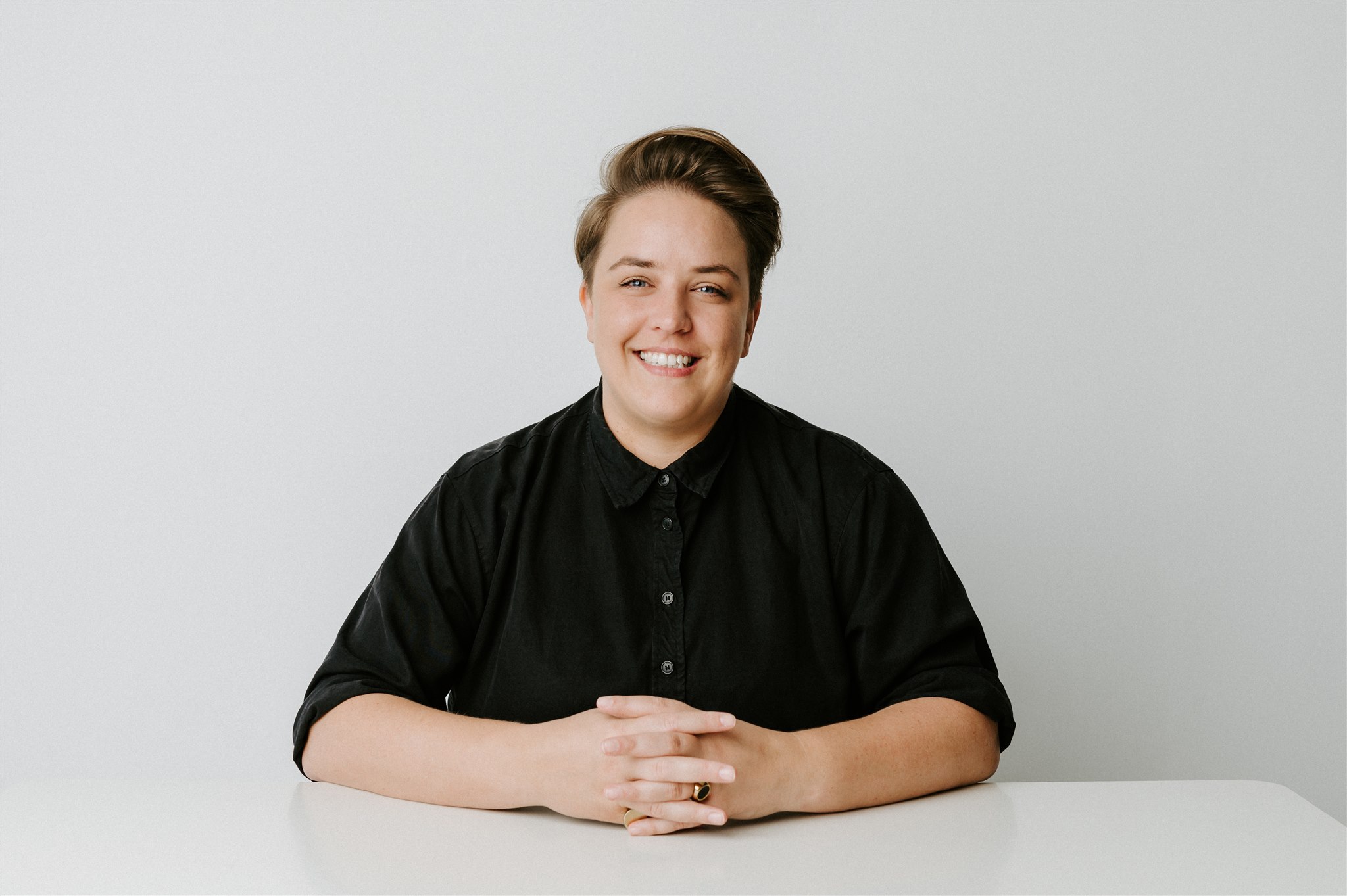In a recent post for the Firebrand Talent Ideas Ignition Blog, I talked in depth about how to get ahead in UX. I focused on a few pointers that will go a long way towards increasing your knowledge about UX and suggested a few tools to set you on the right path.
So now you have studied, read, learnt, and digested all you can. You can talk with authority about User Experience, but now comes the next hurdle!
How will you get in front of that UX Manager to demonstrate this knowledge, and how can you make the right impression when you finally meet?
With User Experience being such a white-hot market at the moment, you can guarantee any application made will be up against a large number of other candidates. You need to stand out from the crowd and the best way is through possessing an outstanding portfolio.
It sounds obvious, but if you spend time redesigning your folio to highlight your UX design thinking you stand a much better chance of being called for an interview.
A few tips for creating your UX folio
Target your folio to your audience
Redesign your folio with the user in mind. Highlight what the UX elements were of projects you worked on and what your design process involves. Highlight your User Centred Design thinking.
Create some dummy UX projects
A great way to demonstrate your design eye is by redesigning a website or app. Pick a website, analyse it, document a brief (you could even conduct user research on some friends), and create a new UI or wireframe for a website.
You could also align these projects with the company where you are hoping to land a role. A good example of this can be seen on Nathan Barry’s Redesigning the United Flight Search Interface in Photoshop.
Also, this could also be useful if you are actually working on some UX projects but are stuck behind a NDA.
Don’t pretend to be a unicorn
Trying to get ahead by pitching yourself as an expert who can solve all UX issues will be found out almost immediately. It’s better to demonstrate where your knowledge and skills are now.
Take a look at this great compilation of portfolios done right, written by Chris Bank of UXPin.
Always remember Quality above Quantity
Consider who you will be trying to communicate with and try to speak their language.
Also if you don’t have your own website, I recommend setting up a folio on a personal publishing platform such as Behance or Cargo Collective. These are easy to review and hiring managers prefer to view a folio online, rather than a huge PDF.
For further research, Luke Chambers of UX Mastery suggests you a look have at this presentation by Lynn Teo called Portfolios Matter. There are some fantastic slides about why and how to create your UX folio.
Before you get to the interview
All your work has paid off and you have secured an interview, however there are few things to do before you even leave your house.
If you haven’t already, check your social media presence.
LinkedIn WILL be reviewed and you WILL be Googled so make sure your profiles are up to date and you know them well, as you more than likely will be quizzed on it.
Have a look at the company's UX footprint
Be able to talk with confidence about what they are doing at the moment — you may even have some suggestions.
Research who you are meeting
LinkedIn should give you all the information you need however they may also be active in the UX community. As well as knowing the basics like what the company turnover is, or its history, try to research the team, what they might be doing now. What can be more impressive than showing up already knowing the team?
At the interview
Interviews can be a minefield, you can never be sure what is going to be asked. However, I have been surveying UX Team Leads and there are some key points they look for when interviewing talent trying to get into the world of UX.
Don’t rely on your iPad/Presentation – it’s all about telling a story.
Your work has got you the meeting with the person who can give you your big break in UX, now they want to see if you can tell a story. You need to be able to articulate your design thinking and the correlation between your design and commercial results.
Why are your designs great
Talk about your understanding of User Centered Design and show your understanding that you're now designing for someone else, not for ego or design for design sake.
Inquisitive and analytical thinking
Following on from the last point, you have to demonstrate you can really scrutinise a problem and can produce some well thought out, well argued designs.
They are ALL looking for passion, personality, and transferable skills.
Your folio has piqued their interest, they have seen you have relevant skills and can grow into the role.
Now it’s down to you to blow them away! Good luck!
ABOUT THE AUTHOR
Michael Rummery
Having started in recruitment over 10 years ago in London in the Information Technology industry, I have spent the last 4 years in Melbourne working with leading corporate clients across a range of industry sectors. I have a passion for placing the best talent into the best jobs, focusing on providing an exceptional service to both my clients and candidates. I pride myself on my professionalism and enthusiasm to get the best result for everyone. I am keen to engage with industry leaders who are passionate about all things in the digital creative and development space so please don’t hesitate to get in touch.
Latest.

The Key to Being Job-Ready is Being Resume-Ready
Job Seeker

Are Companies Taking Advantage Of Job Seekers In A Competitive Market?
Industry Trends, Hiring Insights, Job Seeker

How To Use The Amazing Power Of Gen AI To Transform CX
Technology, Video Resources





